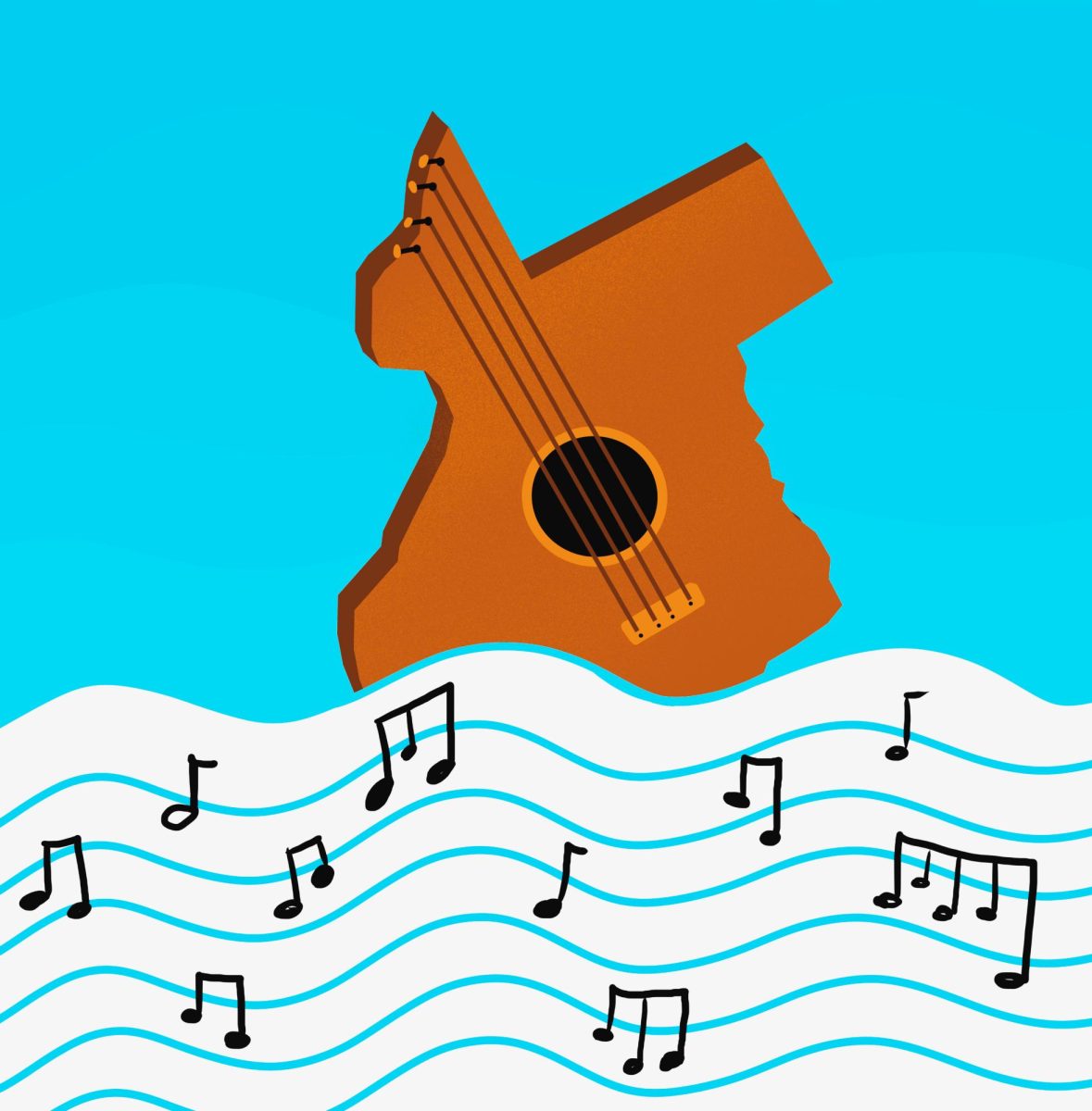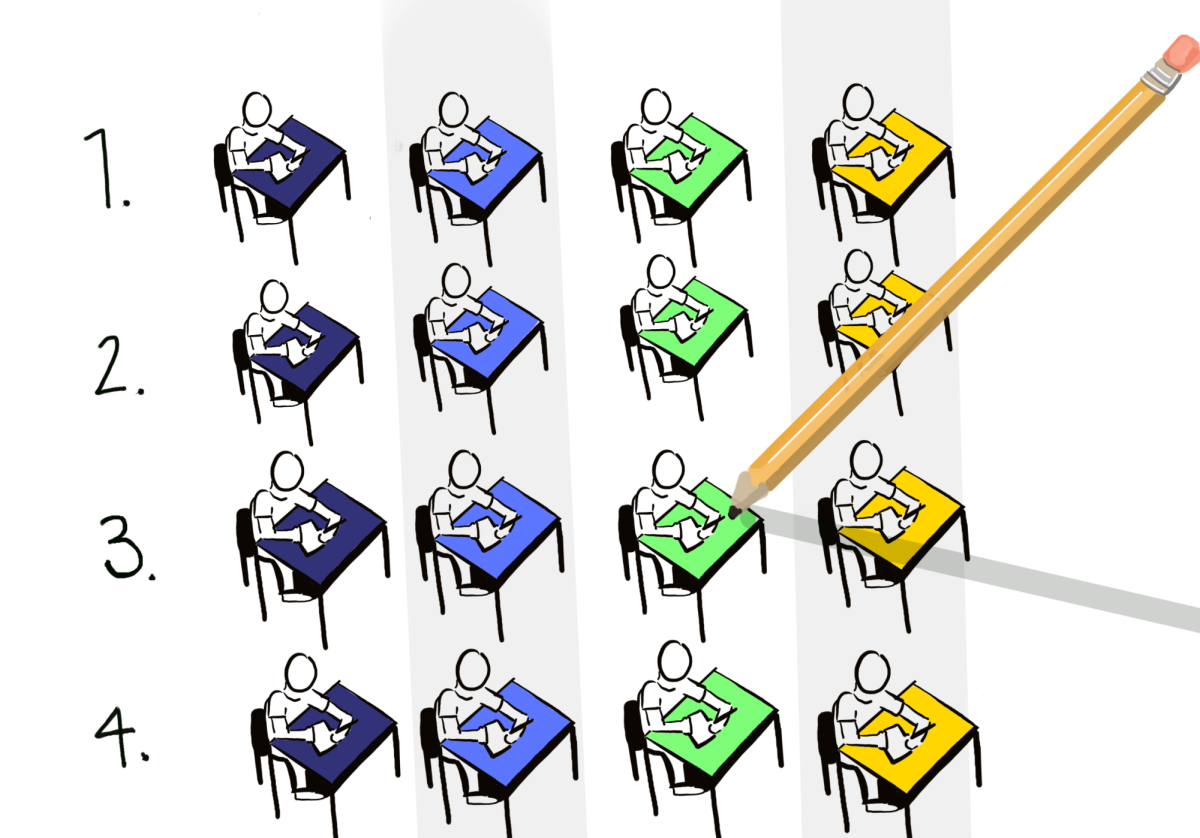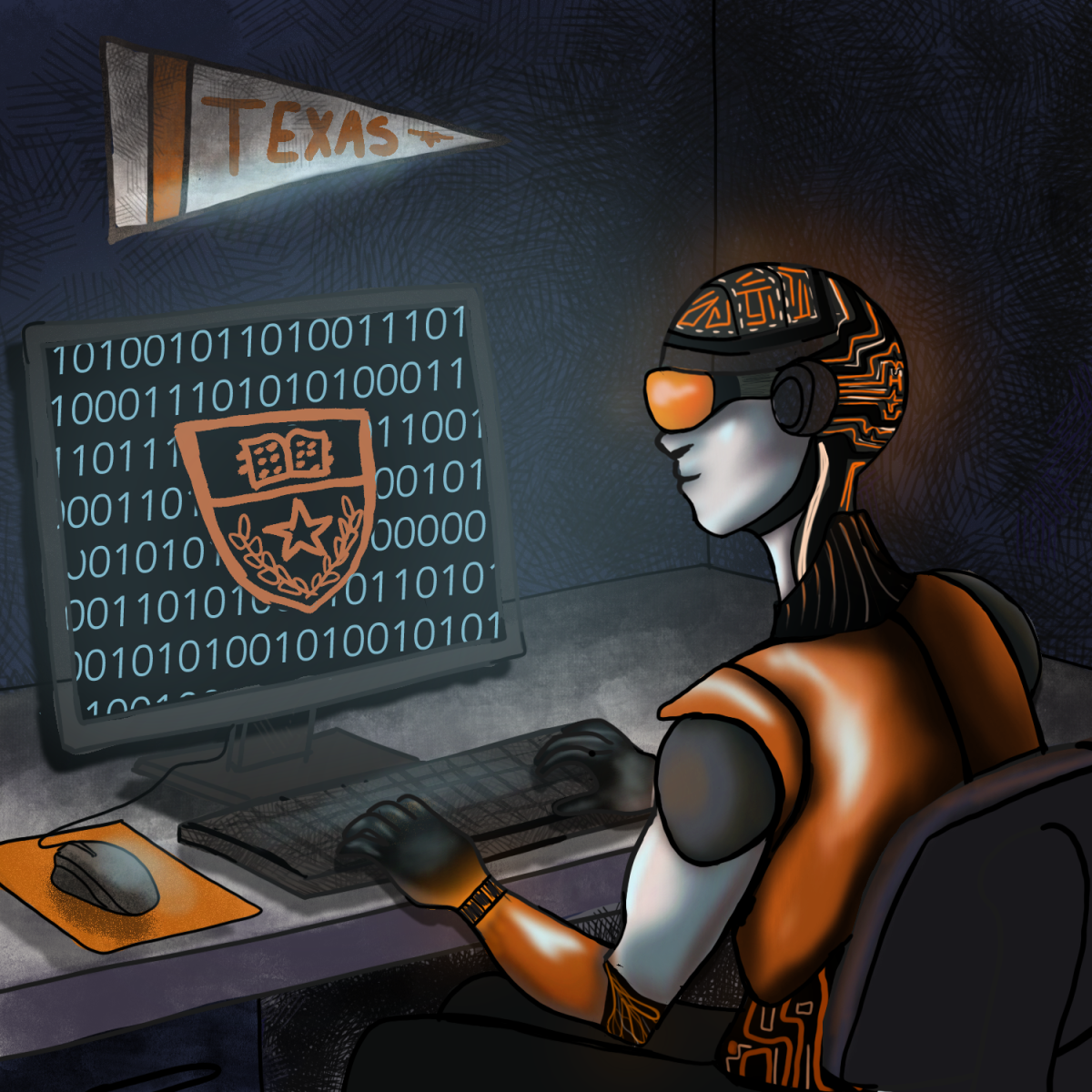On a damp day in what was probably April 1965, my father, the economist John Kenneth Galbraith, took me to the Boston Common to hear a speech. We stood under umbrellas. The speaker was the Rev. Martin Luther King Jr. Later, in the lobby of a nearby hotel, my father introduced me to him, and I shook hands with the great man. As I remember, Rev. King’s children were present also; they must have been very young. I do not know what exactly the meeting that day was about, but I believe it must have been the war in Vietnam.
Three years later, Martin Luther King Jr. was dead. In August of that year, 16 and a peace campaigner, I went to Chicago for the Democratic National Convention. It was an ugly time. The night it all ended, I joined the march back to Grant Park, scene of the police riot, in a crowd led by Allard Lowenstein — another future murder victim — and the Rev. Jesse Jackson Jr., who had been with King in Memphis. I carried a candle. As we marched up Michigan Avenue, flames flickering, hand in hand with a boy in an army jacket, we sang the Battle Hymn of the Republic. We sang it softly, slowly, as a dirge.
Today on this campus, we have a statue of Martin Luther King Jr. He stands facing the LBJ Library, well apart from the Confederates on the South Mall. Not long ago his spot was a quiet one, flanked by a parking lot and the ROTC. Today it’s a hub of life. I lumber past him on my morning jog almost every day. Sometimes I give a little wave. But I don’t think about these matters all that much; compared to the struggle for peace and human and civil rights, the life of an economist is dull.
Still, on Monday morning it felt good to be near that statue, in a crowd richly mixed by color and years, to hear the reflections of colleagues and friends and to anticipate what would happen around noon in Washington, DC. In truth, I did not expect much; I’d burned out on hope and on politics some time back. And given the scant reference to the president at our ceremony, I got the impression that I wasn’t alone. Did we even plan to watch the inauguration? I wondered how many would.
Not to watch, though, would have been a mistake. For as the pageant on the Mall unfolded, it soon became clear this would be a great day. Our president, Barack Obama unchained, gave a fine fighting speech — at last — a speech for human and civil rights, for the Declaration of Independence and the New Deal, for peace and a call finally to face up to climate change. And to an ex-activist, the symbols hit hard: the invocation by Myrlie Evers-Williams (widow of Medgar Evers, the civil rights leader who was murdered in 1963), the Star-Spangled Banner sung by Beyonce, and above all that Battle Hymn, with the spectacular voice of Alicia Olatuja ringing out the hallelujahs. I must have watched that a dozen times on the C-Span website.
There was also a musically forgettable moment. That came when James Taylor, that troubadour of my college years, got up to sing. And then I thought, “Well, there’s another relic like me, still plugging away, doing what he can after all these years.”
But it was OK. I’ve seen fire and I’ve seen rain. And everything else about the day made me feel young, one more time again.
Galbraith teaches at UT’s LBJ School.




















